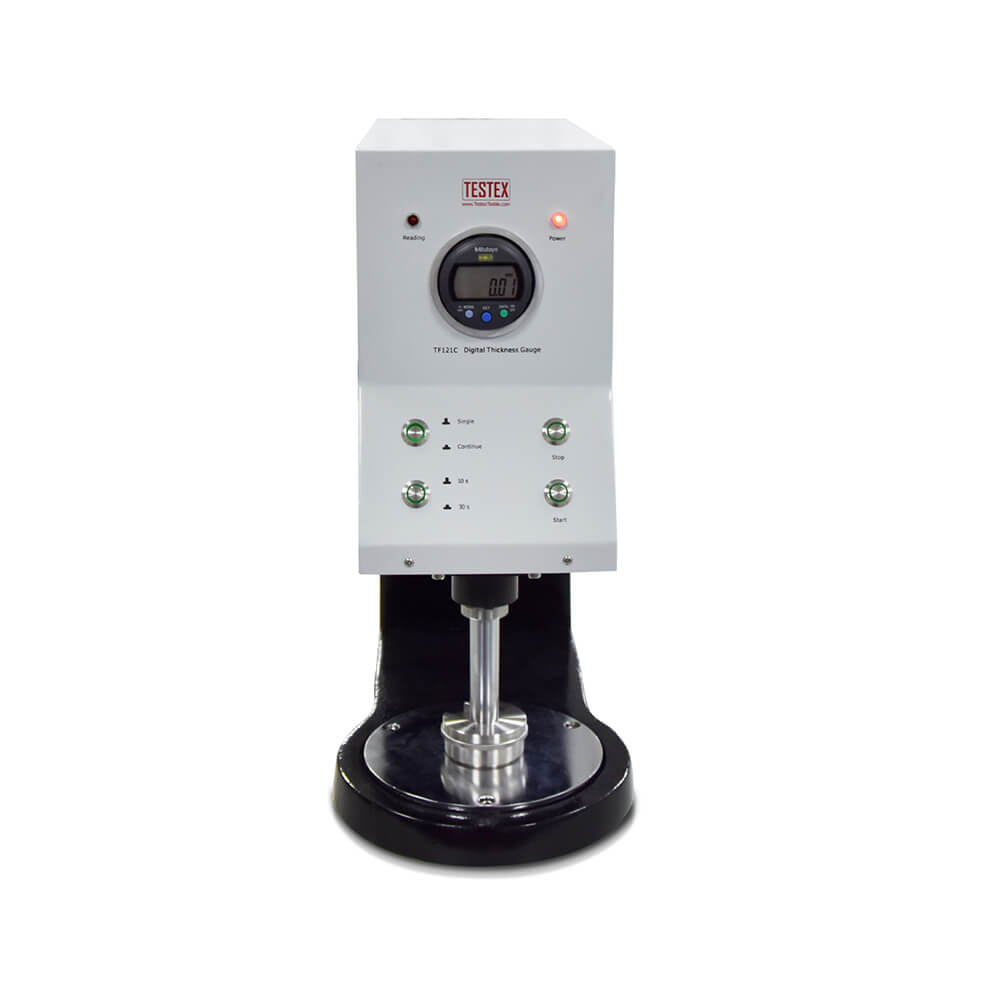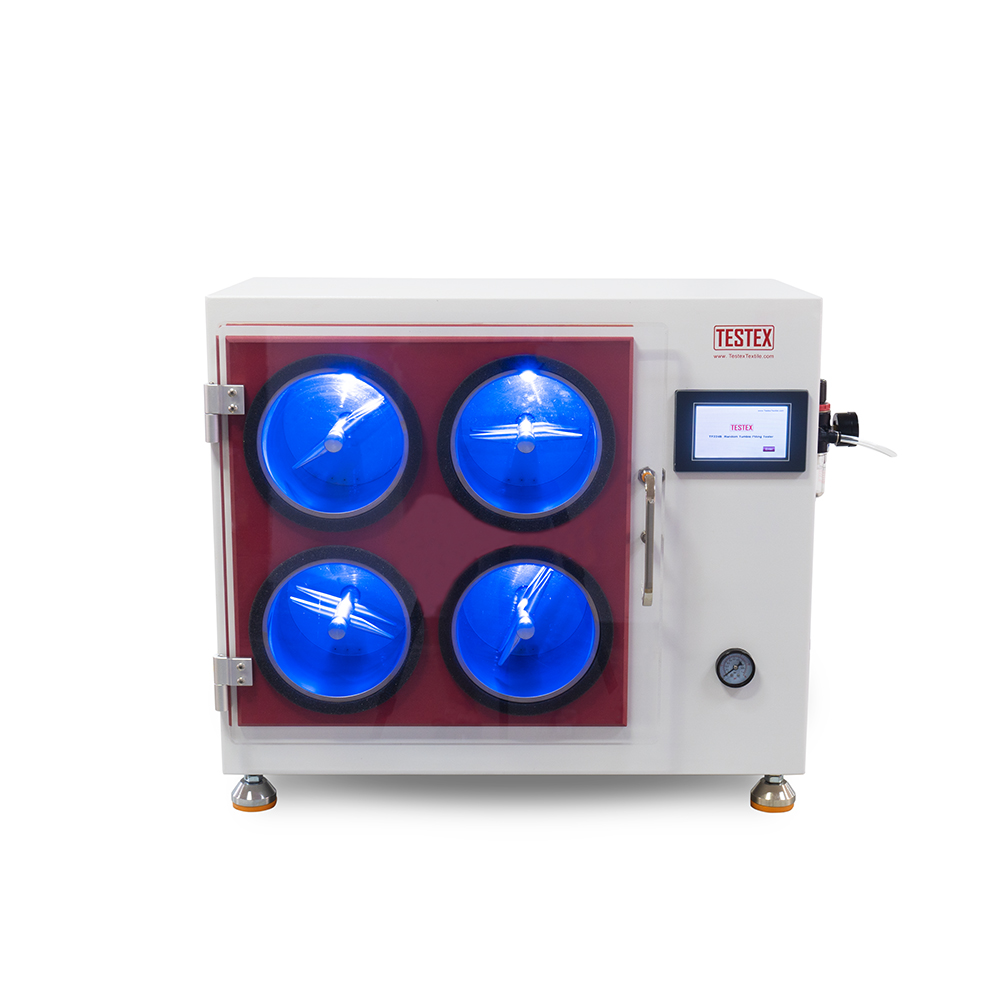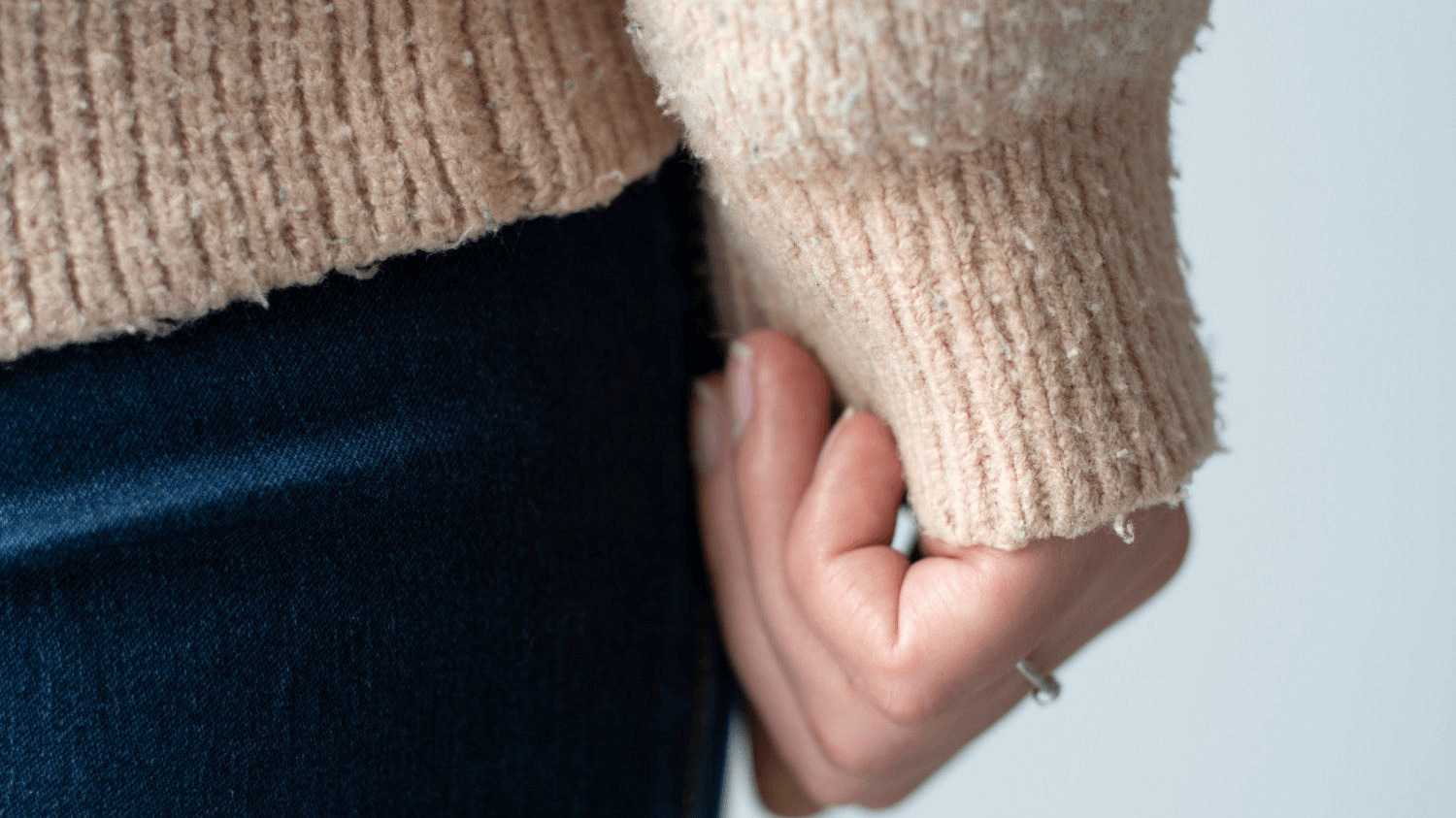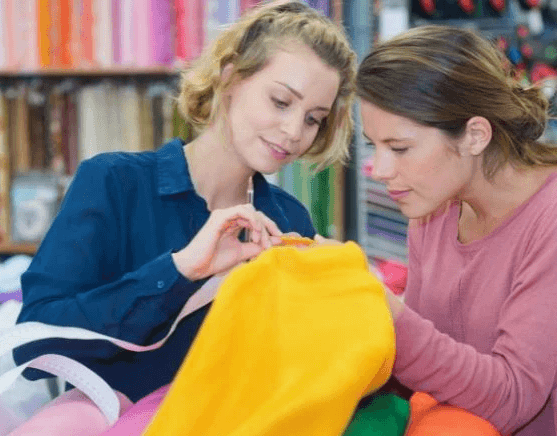Introduction Fabric pilling, which happens from wear and friction, is a common issue affecting fabric…
Understanding Fabric Pilling: Which Fabrics Are Prone to Pilling
Table of Contents
- Introduction
- Explaining Fabric Pilling
- Which Fabrics Are Prone to Pilling?
- Which Fabrics Are Less Likely to Pill?
- Pilling in Specific Garment Types
- Factors Influencing Pilling Tendencies
- How to Determine a Fabric’s Pilling Potential?
- Fabric Pilling Test Methods and Standards
- Tips to Prevent or Remove Pilling
- Conclusion
Introduction
Fabric pilling, which happens from wear and friction, is a common issue affecting fabric quality and lifespan. While you might not hear about it often, knowing about fabric pilling is crucial for preserving your favorite garments and fabrics.
In this guide, we’ll explain fabric pilling, those tiny balls caused by wear and abrasion. We’ll discuss how pilling affects fabric quality, appearance, and comfort and share tips on preventing it. Let’s begin safeguarding your fabrics for lasting durability.
Explaining Fabric Pilling
Fabric pilling refers to clusters of tangled fibers that create small balls and bumps on fabric surfaces. It happens when fibers rub against each other or other surfaces. You’ve probably seen it on your leggings or cozy blanket. Understanding why it occurs is essential for your fabric’s lifespan.
Significance of Identifying Fabric Pilling
Recognizing fabric pilling is vital for preserving clothing and textiles. Identifying it early allows for preventive measures, saving money and reducing environmental impact.
Impact of Pilling on Fabric
Pilling significantly affects fabric quality, aesthetics, and comfort. It alters the fabric’s appearance, making it look worn. The texture can become rough and uncomfortable. Pilling weakens the fabric, making it more prone to tears and holes, reducing its lifespan. Understanding these effects is crucial for maintaining fabric quality.
Which Fabrics Are Prone to Pilling?
Understanding fabric pilling tendencies is vital for clothing and textile care. Among many, some materials are more prone to pilling.
Synthetics
Fabrics containing synthetic fibers like polyester, acrylic, and nylon tend to pill easily due to their smooth surfaces and low moisture absorption, leading to increased friction and abrasion. When combined with natural fibers, the risk of pilling in blends can also rise.
Cotton Blends
Cotton blends result from combining cotton with fibers like polyester, elastane, or other synthetics. Pilling in cotton blends varies based on the blend and fiber ratios. For example, a cotton-polyester blend is more prone to pilling than a cotton-elastane blend due to the smoother nature of polyester fibers.
Wool’s Pilling Vulnerability
Wool, a natural fiber valued for warmth and comfort, is susceptible to pilling, particularly in high-friction areas like sweater cuffs and underarms. It occurs due to the scaly nature of wool fibers, which can interlock and result in pilling with prolonged wear.
Which Fabrics Are Less Likely to Pill?
Many fabrics can pill, but some are naturally more resistant. Understanding their anti-pilling qualities helps you choose longer-lasting, comfier garments.
Silk
Silk is a natural fiber known for its luxurious feel and smooth surface. It is relatively resistant to pilling under normal conditions due to its long, continuous fibers and low friction properties. The smoothness of silk makes it less prone to the rubbing and abrasion that cause pilling in other fabrics.
Rayon
Rayon, a semi-synthetic fiber made from cellulose, has a slicker texture that can deter pilling. However, it can pill if subjected to rough washing and drying, as well as frequent friction.
Linen
Linen is a natural fiber made from flax plants, known for its textured appearance. It is generally resistant to pilling due to its robust and durable fibers. The texture and structure of linen make it less prone to abrasion and friction-related pilling.
Pilling in Specific Garment Types
Pilling in Sweaters
Sweaters, especially in colder months, are prone to pilling.
Common Causes of Pilling in Sweaters
- Friction: Frequent rubbing against the body or other surfaces creates pilling.
- Washing Mistakes: Harsh detergents and high heat worsen pilling.
- Yarn Quality: Lower-quality yarns are more prone to pilling.
Techniques for Maintaining Sweater Quality
- Hand Wash or use a delicate washing machine cycle.
- Gently Dry, avoiding wringing.
- Remove pills using a fabric shaver or sweater stone.
Pilling in T-shirts and Casual Wear
Casual wear, like T-shirts, often faces pilling due to frequent use and laundering.
Why T-shirts and Casual Wear Pill?
- Frequent Washing.
- Friction from activities like sports and rough play.
Tips for Preserving T-Shirts
- Turn them inside out before washing.
- Use a gentle washing cycle.
- Air dry to minimize abrasion.
Pilling in Bedding and Linens
Even bedding fabrics like sheets and pillowcases can pill.
How Bedding Can Pill?
- Regular use and friction.
- Frequent laundering.
Best Practices for Comfortable Bedding:
- Invest in high-quality, pilling-resistant materials.
- Use a gentle washing cycle and avoid lint-producing items.
- Rotate sheets and consider replacement with extensive pilling.
Understanding the distinct pilling challenges each faces and the best maintenance practices is vital for preserving your favorite pieces.
Factors Influencing Pilling Tendencies
Knowing what causes fabrics to pill helps you choose clothing and textiles wisely.
Fiber Texture
Fiber texture varies significantly and directly affects pilling. Smooth fibers cause less friction and pill less, while bumpy or irregular fibers lead to more pilling.
How Texture Affects Pilling?
Fabrics with smooth fibers like silk or high-quality cotton are durable and pilling-resistant. In contrast, fabrics with bumpy fibers, including many wool garments, are prone to pilling.
Fabric Weave/Construction
How a fabric is woven or constructed also influences its pilling tendencies. Tightly woven fabrics have closely packed fibers, reducing friction and pilling. Loosely woven fabrics allow more fiber rubbing, leading to pilling.
Different Weaves
Various weaves like plain, twill, and satin affect fabric texture and strength. Tight weaves, like satin, resist pilling, while looser weaves, like plain weaves, are more prone. Knowing the weave helps predict pilling tendencies.
Fabric Thickness/Weight
Heavier, thicker fabrics are more durable and pilling-resistant because they offer additional fiber layers that protect against abrasion. In contrast, lighter, thinner fabrics are more susceptible to pilling due to their limited fiber count.

Choosing Wisely
When choosing fabrics, especially for frequently worn items, consider their thickness and weight. Thicker and heavier fabrics are ideal for enduring repeated use without pilling.
Care Instructions
Choosing the appropriate washing and drying methods can significantly reduce the risk of pilling. Gentle handling and suitable temperatures are essential.
Tips for Care
Offering care tips, such as gentle cycles, lower heat settings, and air drying, helps readers maintain their textiles and minimize pilling.
Color and Dye Influence
Dark-colored fabrics can highlight pilling more than lighter ones. Considering color is vital when assessing pilling risks.
Preserving Color and Reducing Pilling
To protect fabric vibrancy and minimize pilling, follow tips like using color-safe detergents and cold water.
Combination Fabrics
Mixed-fiber fabrics can exhibit varied characteristics, impacting their pilling tendencies. Understanding these nuances helps in choosing durable blends.
Mastering Combinations
Selecting the right fiber combinations and ratios when creating or choosing combination fabrics is crucial for achieving durability and resistance to pilling.
For informed choices, know how fiber texture, fabric weave, thickness/weight, care instructions, color and dye, and combination fabrics affect pilling.
How to Determine a Fabric’s Pilling Potential?
Burn Test
- Collect a Small Sample: Snip a one-inch square fabric sample.
- Light It Up: Ignite the sample’s corner with a flame.
- Observe and Note:
- Flame speed and characteristics
- Smoke produced
- Smell
- Ash residue
Interpreting Results
- Smooth Burn (Low Pilling Potential): Fabrics burning smoothly with minimal smoke and a pleasant odor likely contain natural fibers like cotton or silk.
- Black Smoke and Unpleasant Odor (Higher Pilling Potential): Fabrics producing black smoke and an unpleasant smell during the burn test are often synthetic, with the potential for higher pilling.
- Ash Residue: Analyze the ash residue – natural fibers leave soft, crumbly ash, while synthetics leave hard, bead-like residue. Natural fibers are generally less prone to pilling.
Checking Fiber Content: Estimating Pilling Tendencies
Label Check
Start by examining the fabric’s label or tag, which usually lists the fiber content.
Deciphering Labels
- Natural Fibers: Fabrics high in natural fibers like cotton, silk, or wool typically have lower pilling potential.
- Synthetic Fibers: Fabrics with a substantial amount of synthetic fibers, such as polyester or acrylic, are more prone to pilling.
Considering Intended Use and Care Needs
- Intended Use Matters: Think about the fabric’s purpose. Clothing with frequent friction, like jeans, may pill more than decorative items.
- Care Guidelines: Follow the manufacturer’s instructions to maintain fabric quality and reduce pilling.
Visual Inspection
Eyes On Fabrics
- Look for Pills: Check for tiny balls or bumps on the fabric; they indicate potential pilling.
- Inspect Texture: Smooth textures are less likely to pill than rough ones.
Detecting Early Signs
Early signs of pilling, like fuzziness or tiny balls forming, act to prevent further pilling when you spot these signs.
Understanding the Environment
Environmental Factors
Different environments affect fabric wear and pilling. High-friction or sun-exposed areas may cause more pilling.
Choosing Wisely
Select fabrics based on environmental conditions to extend their lifespan and reduce pilling.
Utilize these methods for informed textile choices in clothing and home items.
Fabric Pilling Test Methods and Standards
Standardized testing and industry benchmarks are crucial for evaluating fabric pilling and ensuring textile quality. Manufacturers benefit from adhering to these standards, and consumers can make informed choices when selecting textiles for different uses.
Standard Test Procedures
Standardized testing is crucial for consistent fabric pilling assessment. It involves controlled friction and abrasion to simulate real-world wear. Common tests include:
Industry Significance
Standardized testing in the textile industry serves vital purposes:
- Quality Assurance: Ensures fabrics meet minimum quality requirements.
- Consumer Confidence: Instills trust in products that meet industry standards.
- Fair Competition: Promotes fair competition and product improvement.
- Legal Compliance: Meets regulations in some regions.
Industry Standards
Recognized industry benchmarks for fabric pilling assessment include:
- ISO 12945-2: The International Organization for Standardization (ISO) standardizes fabric pilling tests globally.
- ASTM D3512: The American Society for Testing and Materials (ASTM) provides guidelines for fabric pilling tests.
- AATCC 8: The American Association of Textile Chemists and Colorists (AATCC) outlines fabric pilling test methods.
Meeting Quality Benchmarks
Industry standards ensure:
- Consistency in fabric evaluations.
- Alignment with consumer expectations for quality and durability.
- Encouragement for manufacturers to improve their products.
- Basis for regulatory compliance, ensuring safety and reliability.
Tips to Prevent or Remove Pilling
Gentle Laundering Techniques
Proper washing and drying are crucial for preventing pilling:
- Use Cold Water: Wash fabrics in cold water to reduce friction.
- Turn Inside Out: Protect the fabric’s outer surface by turning the clothing inside out.
- Select Gentle Cycles: Use the washing machine’s gentle cycle to reduce agitation.
Replacing Older Fabrics
Knowing when and how to replace fabrics is essential to maintain aesthetics and quality:
- Evaluate Fabric Condition: Replace extensively pilled fabrics.
- Consider Wear and Tear: High-friction fabrics may need replacement sooner.
- Tips for Longer Lifespans: Opt for fabrics with more natural fibers and prioritize high-quality textiles.
Depilling Techniques
Explore methods to remove pilling and restore fabric smoothness:
- Using Fabric Shavers or Sanding Blocks: Remove pills gently with these tools.
- Reviving Fabrics: Prepare the fabric, depill, and finish with a lint roller.
Using Fabric Conditioners
Discover how fabric conditioners can reduce pilling:
- Softening Fibers: Fabric softeners smooth fibers and reduce friction.
- Recommendations: Choose conditioners designed to reduce pilling and use them in moderation.
Opting for Mesh Laundry Bags
Mesh laundry bags protect fabrics during machine washing:
- Benefits: Shield fabrics from friction and agitation.
- Effective Use: Sort laundry, zip the bag securely and select a gentle washing cycle.
Advanced Fabric Care Strategies
Incorporate advanced strategies for fabric care:
- Effective Use of Fabric Softeners: Reduce pilling by maintaining fabric softness.
- Storing Fabrics and Clothing: Proper storage minimizes friction and maintains fabric integrity.
- Professional Fabric Maintenance Services: Consider experts for delicate or heavily soiled fabrics.
Long-Term Fabric Care Plans
Fabric care and pilling prevention are vital for textile longevity. Develop a fabric care schedule for consistent maintenance:
- Establish Routine: Categorize fabrics, set a cleaning schedule, and use reminders.
- Positive Impact of Consistency: Maintains fabric quality and prevents pilling.
- Incorporating Pilling Prevention: Make pilling prevention part of your daily life.
Sustainable Habits for Maintaining Fabrics
Adopt eco-friendly practices for fabric care:
- Wash with Full Loads: Conserve water and energy by waiting for a full laundry load.
- Air Dry: Minimize friction and pilling by air-drying fabrics.
- Mend and Repair: Extend fabric lifespan by repairing minor issues.
- Donate or Recycle: Reduce waste by donating or recycling fabrics.
Conclusion
In a nutshell, understanding fabric pilling and its impact on textile quality and lifespan is crucial for preserving clothing and home fabrics. We’ve discussed the fabrics prone to pilling and those resistant to it, factors influencing pilling tendencies, testing standards, and practical tips for prevention and removal. By applying this knowledge, you can make informed choices, extend fabric life, and contribute to sustainable textile care practices.













This Post Has 0 Comments